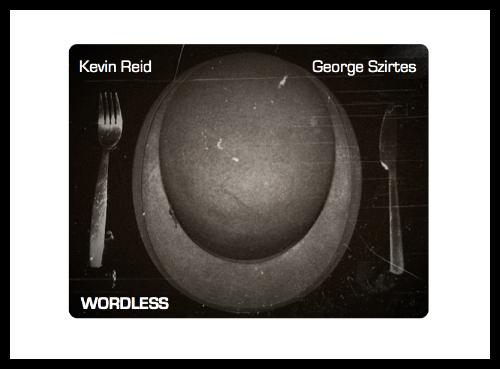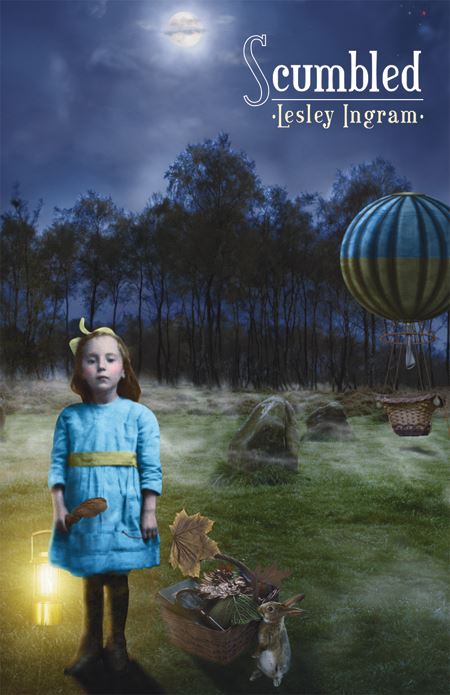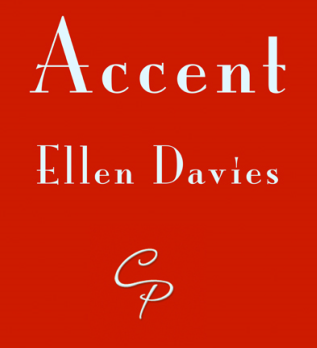Le Animal & Other Creatures by Metta Sáma
– Reviewed by Jessica Traynor –
Le Animal & Other Creatures is a short collection from MIEL Press which includes an interview with the author, Metta Sáma, and a number of poems. As mentioned in many reviews of MIEL publications, the standard of design here is very high, with beautiful illustrations of animals intercutting Sáma’s work, attractively matching form to content.
Sáma’s writing, we are told in an introductory interview, is concerned with risk, and is an attempt to startle the self out of complacency. There is formal experimentation here, but also warmth and humour. The collection begins with extracts from a series called ‘The Acupuncture Sessions’, a fragmentary, dreamy, imagistic collection of impressions collected while under the pin. The poem captures the allusive and associative nature of memory, and runs sharply defined images together in intriguing juxtapositions. Sáma begins with the lore and logic of acupuncture, before dissolving into a sequence that seems to evoke memories of relationships lost or broken:
…a wicked impression leaves leave…the final crush of feet weighing pointedly on
the ground…their veins meet our veins & then…it’s easy to say: we became one
it’s easy to say: we parted ways…say something daring say something of death &
dying…
Sáma writes in a rhythm of rushes, silences and interruptions that pay little heed to conventional grammar, yet sound sweet upon the ear. There’s a music and a care around the use (or lack of) punctuation which guides the reader through the long lines.
The second section deals with the eponymous ‘Animal’ of the collection’s title, and is given the half-funny half-earnest title ‘No End to the Horror.’ This is where the collection really takes flight; Sáma demonstrates her unique skill for juxtaposing themes of connection and alienation, and invites the reader to partake in the shock of the new that she experiences with each fresh encounter. ‘Le Animal’, we soon discover, is a cat, the writer’s potential ally against the ‘many-legged terror’ of the cockroach. Sáma explores our instinctive disgust towards certain creatures, and our willingness to ally ourselves to others which have just the same potential to hurt and maim, and who can never really return our allegiance. It’s a meditation which is at once funny and deadly serious. Sáma wears her literary allusions lightly here, and the second person form of address works to invite the reader’s complicity:
The first time you witness a kill your blood enters paralysis and your breath goes numb She brings the insect inside from outside In her mouth the insect wiggles She lays the insect at your feet You cannot believe this betrayal.
In the section which follows, ‘The Non-Objective Gaze’, the longer lines of the earlier sections give way to more regular forms, an interesting departure. These forms work well for the writer, allowing her to communicate personal reflections in a clear and vivid manner. Standouts include ‘Calocitta Formosa’, which elevates the minutiae of a relationship to a grander scale. Allusions to New Orleans, Costa Rica and slavery create an epic of the intimate:
…In New Orleans
my lover & I we gritted our teeth and did
not hold hands at the grinding crunch
of pigeon bones under the metal tires of streetcars. Horrified, one of us thought of Louisiana
slaves, their neck bones cracking against rope
and gravity.
‘Realism: a poetics’ is another rich foray into contemporary anxiety, as is ‘Another way of looking at a blackbird’, with its striking final image of racial violence.
The book’s final short section is dominated by the sequence ‘After Joel Rea’s “Pursuit Under Silver Skies”’, replete with quotes from D.H. Lawrence, Lucille Clifton and Galway Kinnell. The common theme here is sexuality and violence in the innocent/brutal world of the Summer Camp. The collection ends on an almost apocalyptic note, with another generation of children being taught a nihilistic version of sexual reproduction:
Look at the dogs, fighting for one bitch. Eventually one if not both will have her.
That corner she’s huddling in won’t protect her. She might as well come out & take
it like a bitch. When she’s filled up with puppies, they’ll leave her alone. Only then.
Metta Sáma’s voice is vital, and her poems contain an unapologetic vitriol that demands the reader’s careful attention. If I were to level one criticism at the collection, it’s the placement of the introductory interview – personally, I would rather have discovered Sáma’s voice and viewpoints by reading the work. These poems speak more eloquently than any prose interview could about anger, alienation, injustice and the fleeting moments of interconnectedness that shore us up against despair.





